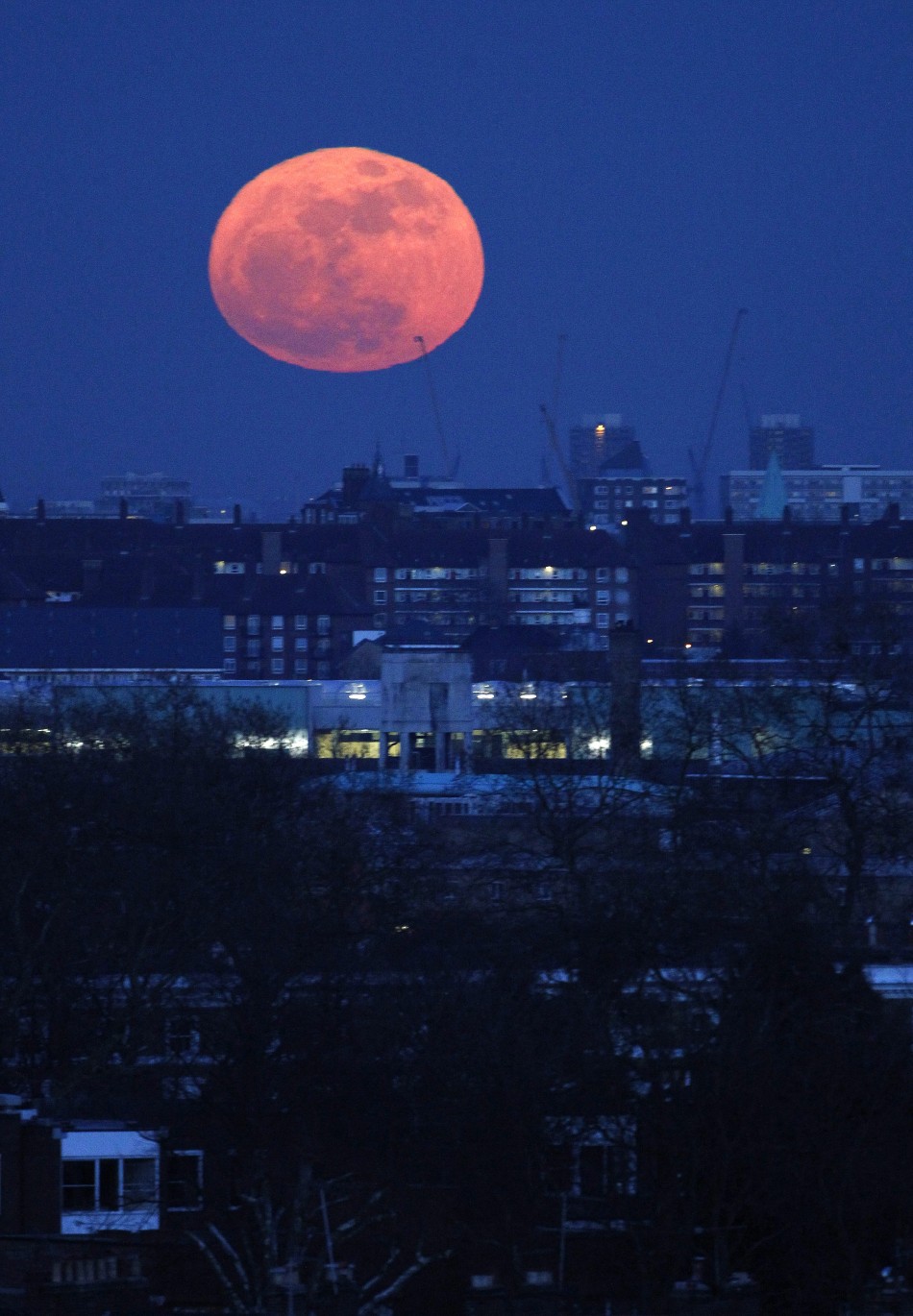Super Moon To Provide Spectacular Treat [PHOTOS and VIDEO]


People across the world are in for a spectacular treat on Saturday night when they can watch the Super Moon.
Super Moon occurs when the moon makes its closest approach to earth on its elliptical orbit. Scientists say that the moon's distance keeps varying every month due to elliptical orbit. In a particular month, the moon is quite far from earth probably 406,000 km away. In certain other months the moon comes close to earth, providing a visual treat.
"Super Moon is a situation when the moon is slightly closer to earth in its orbit than on average, and this effect is most noticeable when it occurs at the same time as a full moon. So the moon may seem bigger although the difference in its distance from earth is only a few percentage points at such times," said Dr James Garvin, Chief Scientist at Nasa's Goddard Space Flight Center, in a statement.
Scientists claim tonight's Super Moon will be 14 per cent bigger and 30 per cent brighter than other full moons.
Even though the Super Moon looks stunning many researchers claim that it can cause natural disasters such as tsunami. They claim that the tidal force is quite strong on Super Moon day. Gravin says there will no major problems, claiming that the effects on earth are minor.
Seismologists and volcanologists conducted detailed studies and found that the Super Moon would not affect earth since there are lunar tides every day. Earth has a tremendous amount of internal energy within its thin outer shell or crust, and the small differences in tidal forces exerted by the moon are not enough to fundamentally overcome the much larger forces within the planet, they say.
"The Super Moon really attests to the wonderful new wealth of data Nasa's LRO mission has returned for the moon, making several key science questions about our nearest neighbour all the more important," said Gravin.
Watch the video:
Here are some pictures of last year's Super Moon:
© Copyright IBTimes 2024. All rights reserved.





